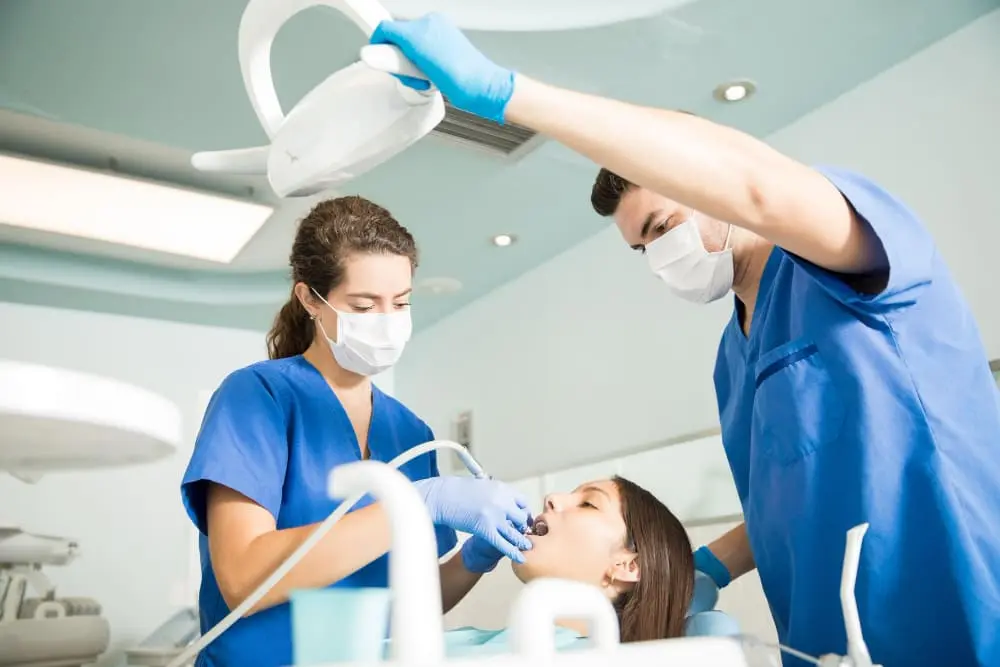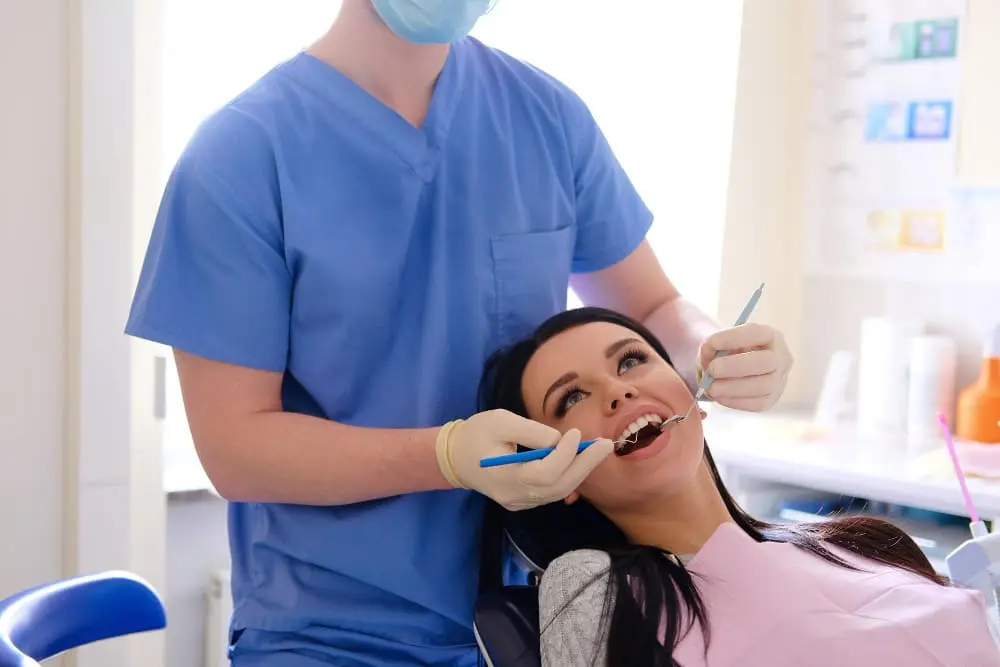Introduction:
In the realm of healthcare, emergencies can strike at any moment, and dental emergencies are no exception. Whether it’s a sudden toothache, a knocked-out tooth, or a broken crown, the need for prompt dental care is essential to alleviate pain and prevent further complications. In this blog, we’ll delve into the world of emergency dentistry, exploring what it entails, common dental emergencies, and when it’s crucial to seek immediate assistance.

Understanding Emergency Dentistry:
Emergency dentistry encompasses the branch of dental care dedicated to treating urgent oral health issues that require immediate attention. Unlike routine dental appointments, which focus on preventive care and maintenance, emergency dentistry addresses unforeseen problems that demand immediate intervention to relieve pain, save teeth, and safeguard oral health.
Common Dental Emergencies:
- Severe Toothache: Intense or persistent tooth pain can signal various underlying issues, such as an infection, decay, or abscess. Prompt evaluation by a dentist is crucial to diagnose the cause and initiate appropriate treatment, which may include antibiotics, root canal therapy, or extraction.
- Knocked-Out Tooth: Accidents or injuries can result in a knocked-out tooth, causing distress and potential complications if not addressed promptly. It’s essential to handle the tooth carefully, holding it by the crown (not the root), and attempt to reinsert it into the socket if possible. If unable to do so, placing the tooth in milk or a tooth preservation product and seeking immediate dental care can increase the chances of successful re-implantation.
- Broken or Cracked Teeth: Fractured, cracked, or broken teeth can occur due to trauma, biting on hard objects, or underlying dental conditions. Immediate treatment is necessary to prevent further damage and restore the tooth’s structure and function. Depending on the severity of the fracture, options may include dental bonding, crowns, or root canal therapy.
- Lost Filling or Crown: A lost filling or crown can expose the underlying tooth structure to bacteria and debris, leading to sensitivity, discomfort, and potential damage. Seeking prompt dental care allows the dentist to assess the situation, replace the restoration, and ensure the tooth remains protected.
- Abscess or Dental Infection: Dental abscesses are painful infections that develop around the root of a tooth or in the gums, often accompanied by swelling, fever, and drainage of pus. Left untreated, abscesses can spread to other parts of the body and become life-threatening. Immediate dental intervention, including drainage of the abscess and administration of antibiotics, is vital to control the infection and prevent complications.

When to Seek Emergency Dental Care:
Recognizing when to seek emergency dental care can make a significant difference in preserving oral health and preventing long-term complications. If you experience any of the following symptoms or situations, it’s essential to contact your dentist or seek emergency dental services promptly:
- Severe or persistent tooth pain
- Trauma resulting in a knocked-out, fractured, or dislodged tooth
- Swelling, inflammation, or drainage of pus around the gums or tooth
- Broken or lost dental restorations (crowns, fillings, etc.)
- Sudden onset of dental sensitivity or discomfort
- Signs of infection, such as fever, swelling, or foul taste or odor in the mouth
Conclusion:
Emergency dentistry plays a critical role in addressing urgent oral health issues and providing timely relief to patients in distress. By understanding common dental emergencies and knowing when to seek immediate care, individuals can take proactive steps to protect their oral health and well-being. Remember, in dental emergencies, swift action can make all the difference in preserving your smile and overall health.



